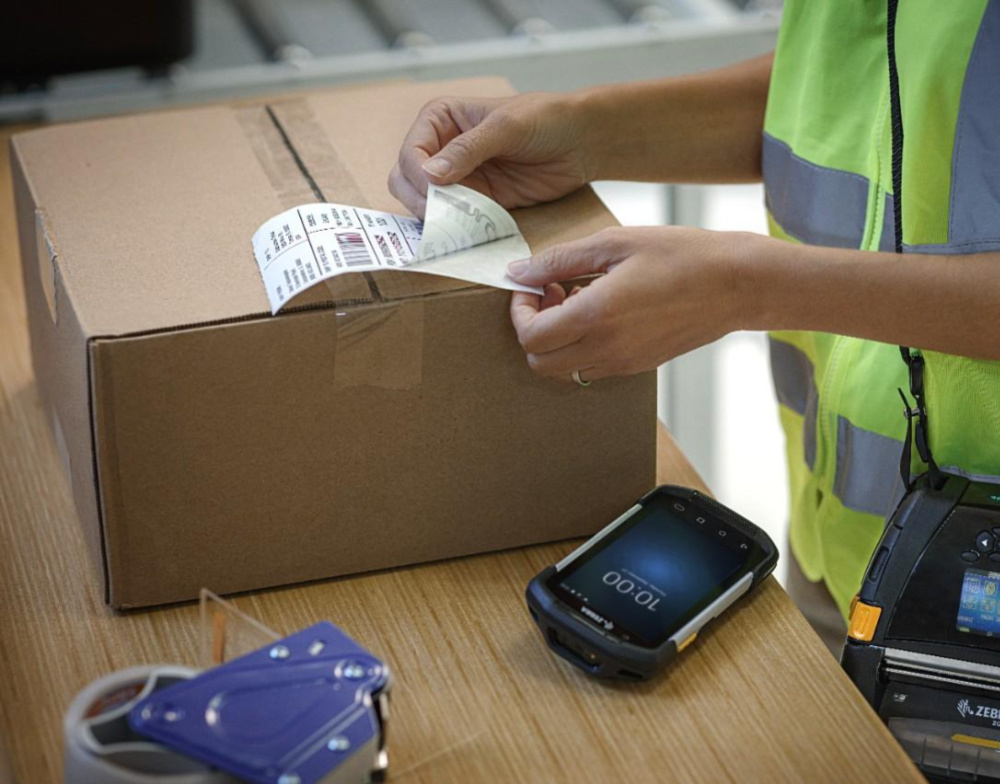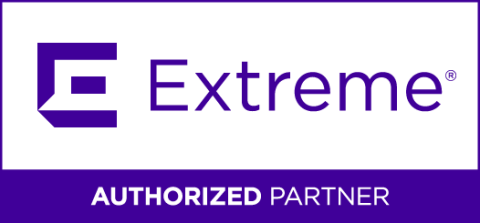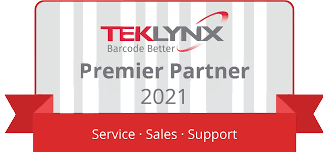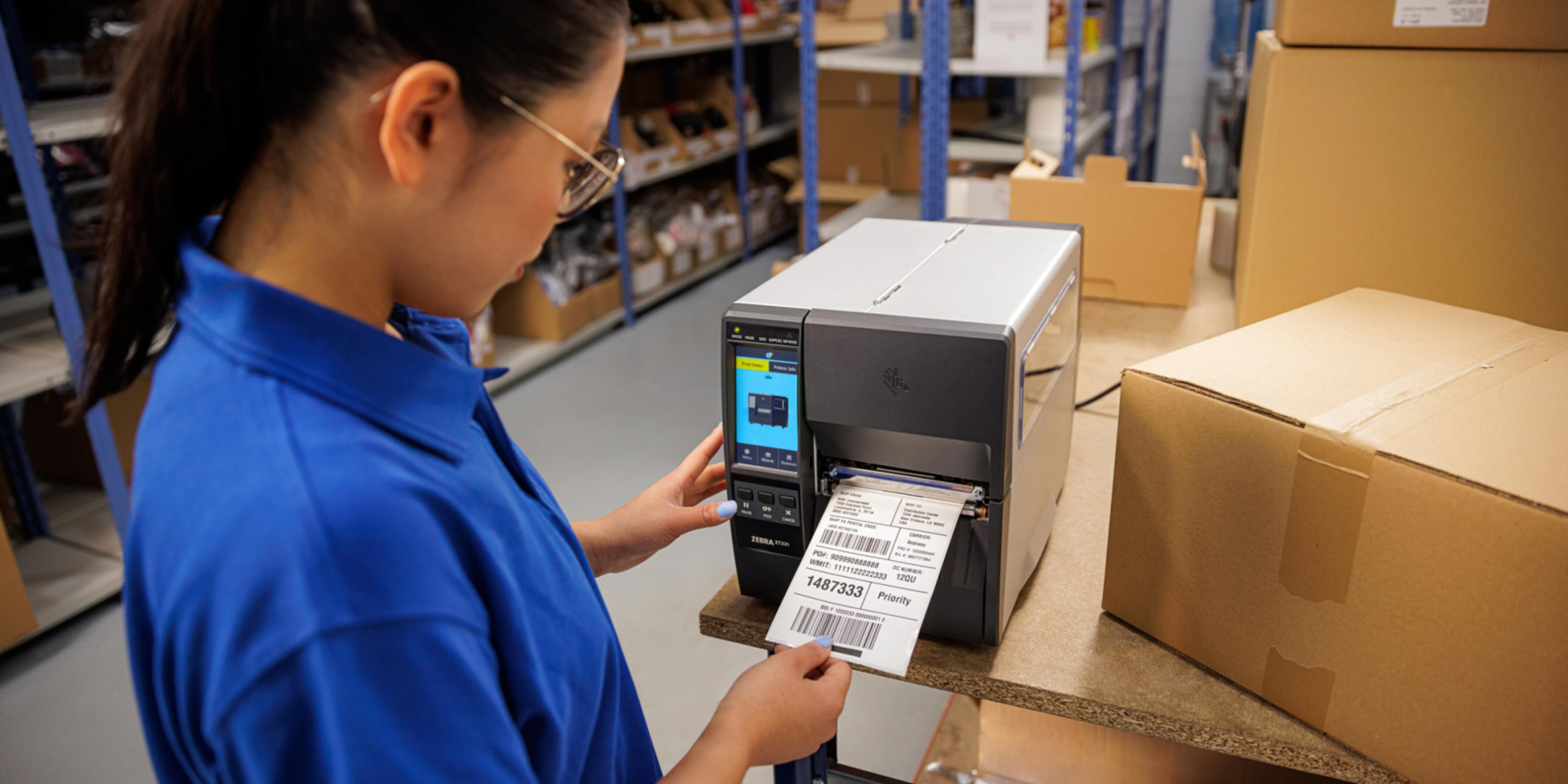
In the fast-paced landscape of modern business, where efficient operations and streamlined processes are paramount, organizations need comprehensive printer management strategies to gain insight and visibility into their label printing processes. Whether in manufacturing, logistics, or healthcare, efficient printer management is crucial for accurate tracking, compliance, and overall operational success.
1. Centralized Printer Management Systems:
Centralized Printer Management Systems serve as the backbone for organizations aiming to streamline and optimize their label printing processes. By consolidating all printers into a centralized network, organizations can gain real-time visibility into the status and performance of each printer. This centralized control allows for efficient monitoring, troubleshooting, and updating of printer configurations, ensuring a seamless label printing workflow. These systems typically involve the establishment of a centralized server or cloud-based platform that acts as a control hub for all connected printers. Here’s a closer look at the key elements and benefits:
-
Network Consolidation: Centralized systems allow organizations to consolidate their entire printer network into a single, manageable entity. This involves connecting all printers, regardless of their physical locations, to a centralized server.
-
Real-Time Visibility: One of the primary advantages is real-time visibility into the status and performance of each printer. Organizations can monitor critical metrics such as printer health, consumable levels, and job queues from a single interface.
-
Configuration and Updates: Ensure uniformity in configurations, reducing the likelihood of discrepancies or errors in label printing. Updates, including firmware upgrades and software patches, can be deployed centrally, streamlining the maintenance process.
-
Historical Data and Reporting: Organizations can access historical data on printer usage, maintenance activities, and error rates. This data-driven approach allows for comprehensive analysis, helping organizations make informed decisions to optimize printing workflows and allocate resources efficiently.
-
Scalability: As organizations grow, their printing needs may evolve. Whether adding printers to support increased demand or expanding into new locations, a centralized approach provides flexibility and scalability.
2. Automated Monitoring and Alerts:
Automated Monitoring and Alerts constitute a crucial component of effective printer management strategies, providing organizations with proactive insights into their label printing processes. Implementing software solutions that continuously monitor printer status, consumable levels, and error rates allows for the automatic generation of alerts. This enables timely responses to issues, minimizing downtime and preventing potential disruptions in the label printing workflow. The proactive nature of these systems empowers organizations to address issues before they escalate, contributing to enhanced overall operational resilience. This advanced monitoring approach enhances operational efficiency and addresses potential issues swiftly:
-
Real-Time Performance Monitoring: Automated monitoring tools continuously track the performance of each printer in real-time. Parameters such as print speed, print quality, and connectivity status are monitored to ensure optimal functioning.
-
Consumable Levels and Maintenance Needs: These systems keep a close eye on consumable levels, such as ink or toner cartridges and label rolls. When levels drop below a specified threshold, automated alerts are triggered, prompting timely replacement.
-
Error Detection and Resolution: Automated monitoring extends to error detection during the printing process. Whether it’s a paper jam, connectivity issue, or software glitch, the system identifies errors promptly. Automated alerts provide detailed information about the nature of the error, facilitating quick diagnosis and resolution.
-
Predictive Analytics: Some advanced monitoring systems incorporate predictive analytics algorithms. By analyzing historical performance data, these tools can predict potential issues before they occur.
-
Multichannel Alerts: Alerts can be configured to reach relevant personnel through various channels, including email, SMS, or dedicated monitoring dashboards. This multichannel approach ensures that responsible parties are promptly informed, even if they are not actively monitoring the system.
3. Usage Analytics and Reporting:
Detailed usage analytics and reporting functionalities provide valuable data on printing patterns, material consumption, and overall printer performance. Organizations can utilize this information to optimize their label printing processes, identify areas for improvement, and make data-driven decisions. Understanding usage patterns allows for strategic resource allocation and helps in forecasting future printing needs. These features provide detailed insights into various aspects of the label printing workflow:
-
Granular Usage Reports: Granular reports break down label printing activities by printer, department, or specific timeframes. This granular level of detail aids in resource allocation, allowing organizations to identify high-demand areas and allocate resources accordingly.
-
Error Analysis: Usage analytics also include in-depth error analysis, providing organizations with a detailed breakdown of common errors encountered during the label printing process. Identifying patterns in errors allows businesses to implement targeted training programs, refine processes, and enhance overall quality control.
-
Trends Over Time: Tracking label printing trends over time is essential for proactive decision-making. Usage analytics and reporting functionalities offer historical data on printing patterns, allowing organizations to anticipate peak times, plan for increased demand, and optimize operational schedules.
-
Material Consumption Insights: Detailed reports on material consumption provide insights into the usage of consumables such as ink and labels. This information is invaluable for inventory management, helping organizations maintain optimal stock levels and prevent shortages.
4. Remote Printer Management:
In today’s globalized business environment, the ability to manage printers remotely is a game-changer. Implementing remote printer management solutions allows IT teams to troubleshoot issues, update firmware, and configure settings without physically accessing the printers. Taking this approach minimizes downtime, enhances security, and allows organizations to maintain consistent printer performance across diverse locations, fostering a seamless and responsive label printing infrastructure. Streamline operations and ensure uninterrupted label printing with:
-
Real-Time Diagnostics: Remote printer management enables real-time diagnostics, allowing IT teams to identify and troubleshoot issues without the need for physical presence. This is particularly crucial for businesses with distributed operations, where printers may be located in various geographic locations.
-
Firmware Updates and Configurations: Keeping printers up to date with the latest firmware and configurations is essential for optimal performance. Remote printer management facilitates the seamless execution of firmware updates and configuration changes from a centralized location.
-
Resource Optimization: Remote management contributes to resource optimization by reducing the need for on-site technical interventions. IT teams can efficiently address issues, update settings, and perform routine maintenance tasks from a centralized console.
-
Security Measures: Security is a paramount consideration in remote printer management. Robust security measures are implemented to safeguard communication between the central management system and printers. Encryption protocols and secure authentication mechanisms ensure that remote interactions with printers adhere to stringent security standards.
5. Integration with Label Design Software:
The seamless integration between printer management systems and label design software is a pivotal component of comprehensive printer management strategies. This strategy promotes consistency, ensures the use of the latest label designs, and minimizes the potential for errors, ultimately contributing to a more streamlined and reliable label printing process.
-
Standardized Label Designs: Integration with label design software allows organizations to maintain standardized label templates. This ensures consistency in branding, information placement, and overall label appearance. By having a centralized repository for label designs, businesses can prevent inconsistencies that may arise when different departments or locations create labels independently.
-
Version Control and Updates: Effective integration facilitates version control for label designs. It ensures that the most up-to-date label templates are available for printing. Automatic updates to label designs can be implemented across all connected printers, eliminating the risk of using outdated or non-compliant labels.
-
Efficient Workflow: The integration streamlines the label creation workflow. Designers can work within familiar label design software, and changes made are instantly reflected in the central management system. This eliminates the need for manual input or adjustments, reducing the likelihood of errors and ensuring that the label printing process remains efficient and error-free.
-
Quick Adaptation to Changes: In industries where adaptability is crucial, such as those facing evolving compliance standards, integration with label design software facilitates quick adaptation to changes. When adjustments to label designs are necessary to meet new regulations or include additional information, the integrated system ensures that these changes are swiftly implemented across all relevant printers.
-
Error Reduction: The integration significantly reduces the chances of errors in label creation. With a centralized design system, the risk of discrepancies between intended label designs and the printed output is minimized.
Ready to Streamline Printing and Labeling Throughout your Enterprise?
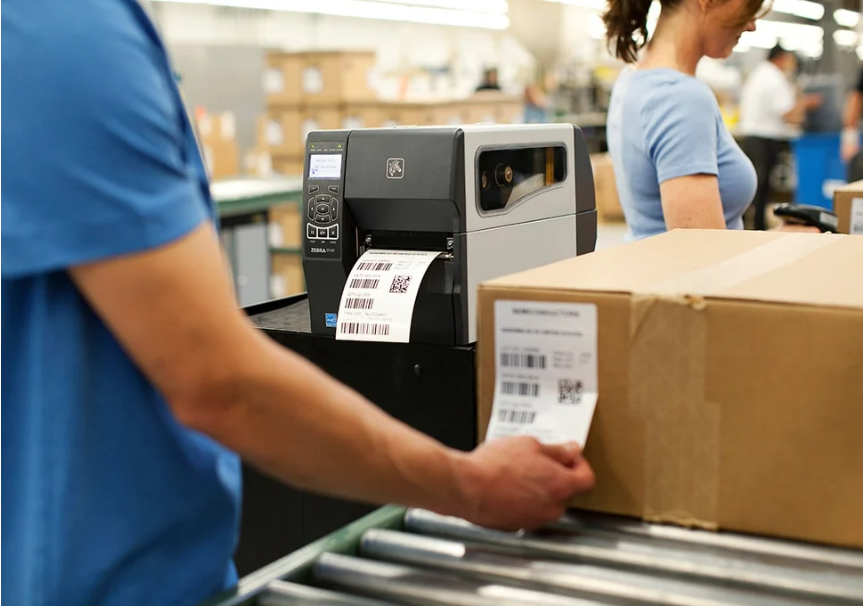
Explore Printing and Labeling Services
Enterprise labeling and printing refer to the systematic processes and technologies employed by businesses to create, manage, and print labels for various purposes within their operations. This includes labeling products, packaging, assets, and other items critical to the workflow. Enterprise labeling involves designing and standardizing labels for consistency, often incorporating barcodes and RFID technology to enhance traceability and data capture. Whether it’s creating standardized label templates, implementing barcode or RFID technologies, or ensuring compliance with industry regulations, our enterprise printing and labeling services are geared toward enhancing visibility, productivity, and operational efficiency for businesses.
Efficient Printer Management Efficient Printer Management Efficient Printer Management
We’re Here to Help
Contact us to Start the Modernization Process
Looking for more information about a specific technology solution? Feel free to ask us about pricing, data sheets, and demos, or schedule a free in-person/online consultation for strategic guidance from one of our experts.
Fill out the inquiry form or contact us to start the process.


